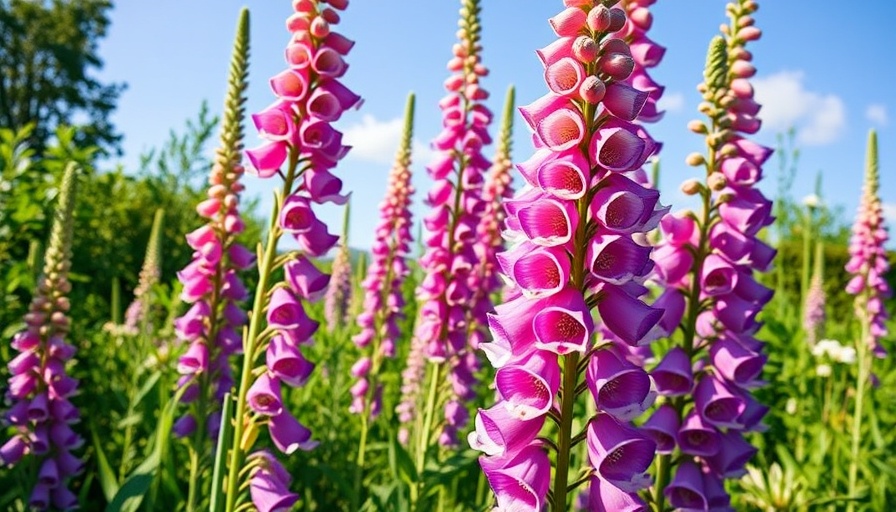
The Art of Deadheading: Why You Should Care
Deadheading, or the process of removing spent flowers from plants, is not just a chore; it’s a way to express your love for your garden. For many gardeners, the art of pruning and deadheading goes hand in hand with maintaining healthy plants that thrive. When it comes to foxgloves, known scientifically as Digitalis spp., deadheading plays a crucial role not only in aesthetics but also in plant health. If you want your foxgloves to bloom beautifully year after year, understanding the reasoning behind deadheading is essential.
Key Benefits of Deadheading Foxgloves
Why should you deadhead your foxgloves? The answer lies in the energy management of the plant. When flowers fade, they begin to produce seeds. Engaging in deadheading prevents the plant from diverting its energy to seed production. Instead, by removing those flowers, you redirect that energy back into new flower development, allowing for a more prolonged and vibrant blooming season.
Not only does this encourage further flowering, but it also contributes to a tidier garden appearance. Although some gardeners appreciate the natural look of spent flowers, removing these stalks can significantly improve your garden’s aesthetic. Moreover, deadheading helps prevent unwanted self-seeding, which can save your garden from overcrowding or invasive growth.
Timing is Everything
Knowing when to deadhead is straightforward; your cue is the flower stalk. Once the majority of blooms have faded, it's time to cut back the stalk. Ideally, wait until the flowers are droopy but before they drop their seeds, ensuring that no unwanted seedlings proliferate in your garden. This approach not only keeps your space looking tidy but also encourages ongoing blooming through the season.
The Practicality of Deadheading: A Step-by-Step Guide
Let’s walk through the steps for an effective deadheading experience:
- Assess your plant: Look for flower stalks that have turned brown or dull.
- Use clean pruning shears: Sanitize your tools to prevent disease transfer.
- Make a clean cut: Trim the stalk back to where the foliage meets the flower stem.
- Dispose of the scraps: Properly remove the cut stalks to prevent pests.
Implementing these steps will enhance your garden's appearance and contribute to the overall health of your plants.
Encouraging Sustainability in Your Garden
For those passionate about gardening, it’s essential to adopt practices that promote sustainability. Deadheading is one small step toward responsible gardening. By preventing the uncontrolled spread of foxgloves, you are not only caring for your garden but also helping to maintain balance within local ecosystems. This is particularly relevant in regions like the Pacific Northwest, where foxgloves can become invasive.
We all share the responsibility of ensuring our gardens do not negatively impact the natural environment. Thus, deadheading foxgloves is not merely about aesthetics or blooming; it's about creating a sustainable gardening practice that respects our surroundings.
Final Thoughts on Deadheading
If you enjoy a vibrant garden filled with lively blooms, embracing the practice of deadheading your foxgloves will yield visible rewards. Keep in mind that it’s not just a mechanical task; it’s an important aspect of overall garden maintenance that connects us more deeply with nature. Each cut you make helps your plants thrive and promotes a healthier ecosystem.
So the next time you find faded flowers in your garden, grab those shears and make the cut. Your foxgloves will reward your efforts with beautiful blooms season after season.
 Add Row
Add Row  Add
Add 




Write A Comment